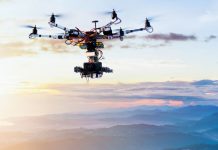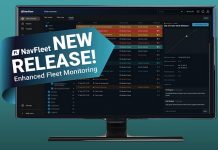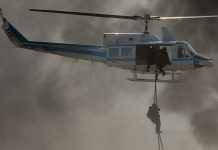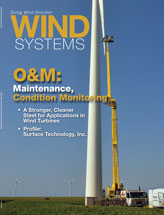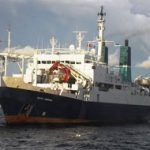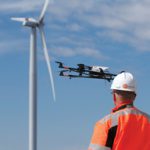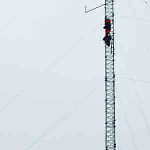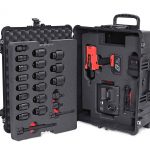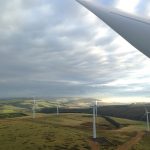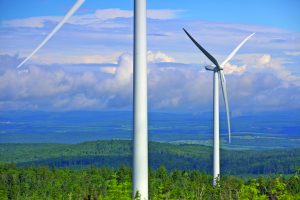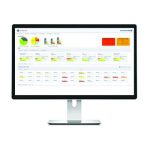Renewable NRG Systems (RNRG) and Ventus Ingenieria recently announced the acquisition and installation of a Wind Iris nacelle-mounted Lidar at the 20-MW Caracoles wind farm in Uruguay. The Wind Iris will monitor turbine performance and offer optimization solutions for the project.
Located in the Sierra de Caracoles in the Maldonado region of the country, the project is composed of 10 Vestas V80 2-MW turbines. The wind farm is owned by UTE, Uruguay’s national utility and electricity market regulator. UTE has the monopoly over all distribution and transmission activities across the country. It is also the off-taker of all private wind farms with private purchase agreements (PPAs).
The measurement campaign’s objective is to evaluate and quantify the performance of one specific turbine with state-of-the-art Lidar technology and to propose solutions to improve the energy production. Based on the results reported by RNRG and Ventus, UTE will evaluate the success of the campaign and make a decision regarding the potential performance evaluation of the other wind turbines in the fleet.

Commissioned in 2010, Caracoles is the first wind farm commissioned in Uruguay. Since then, the country experienced a spectacular wind energy boom. With 850 MW already operating and more than 650 MW set to be installed in the next 12 months, Uruguay is taking a leading position in South America’s energy transition.
Caracoles presents moderately complex terrain and ambient turbine wakes, which means that proper filtering and data treatment is critical. Fortunately, the Wind Iris yaw correction algorithm has already been validated in both waked and complex wind flow conditions — making it a strong fit for the job at hand.
“We offer independent performance evaluation packages to our clients, and to that purpose, Wind Iris is the best tool to get the job done,” said Juan Pablo Saltre, founding partner of Ventus. “From our clients’ perspective, the most important advantage of using Wind Iris is that the ROI of these campaigns is easily quantifiable using the standard equations and real data.”
Source: Renewable NRG Systems
For more information, go to www.renewablenrgsystems.com.
















